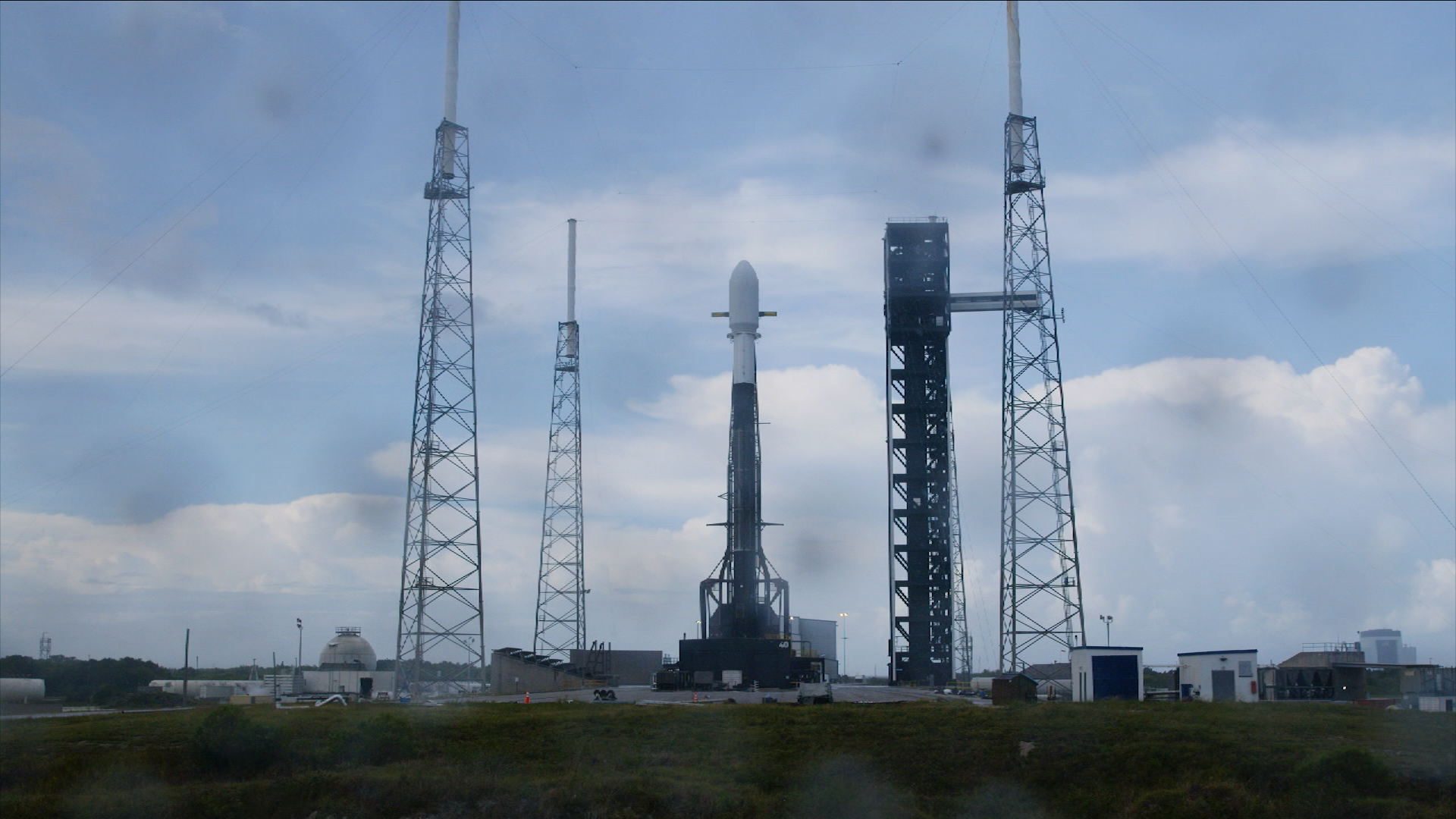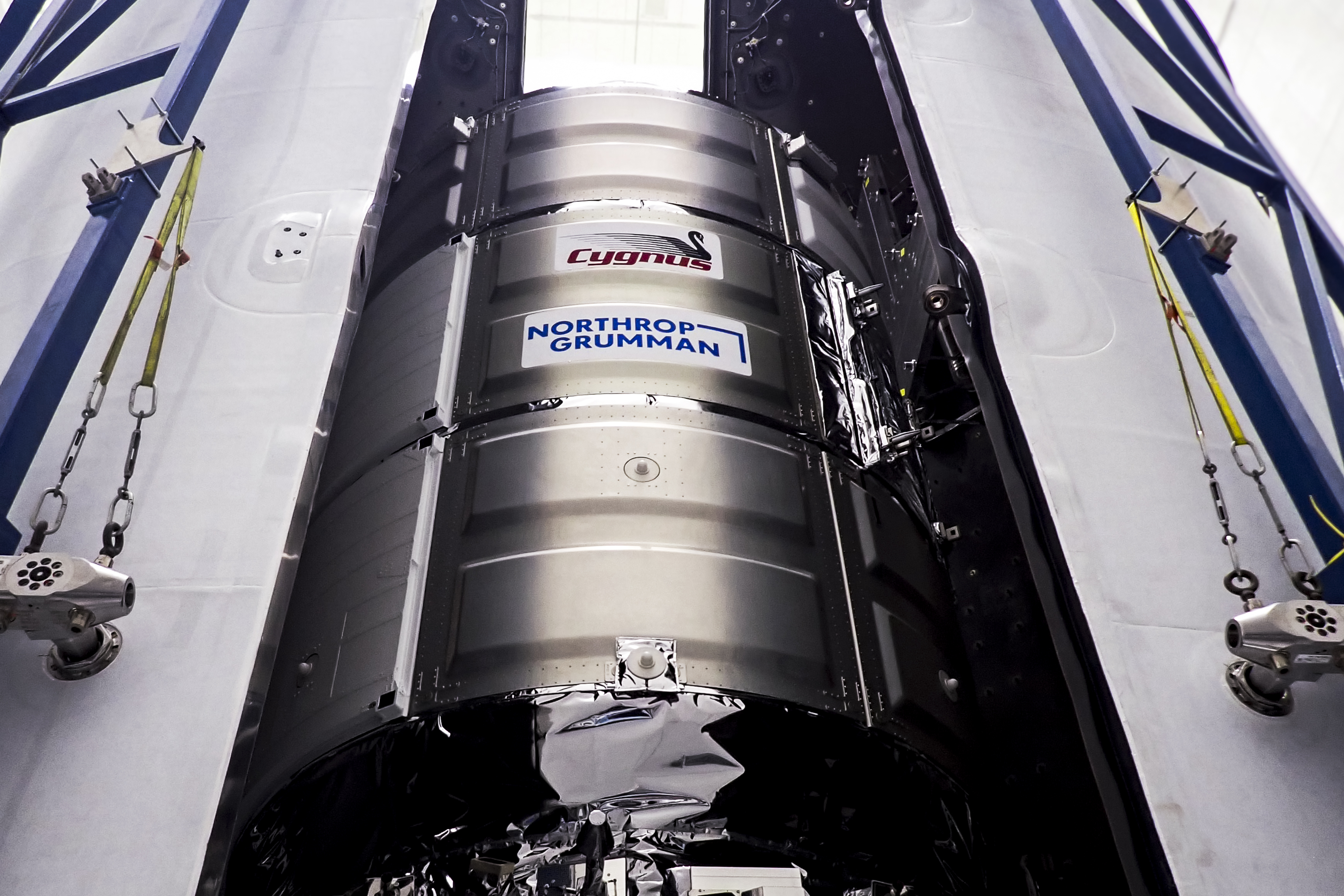Northrop Grumman’s Cygnus spacecraft continues on its way to the International Space Station following launch at 11:02 a.m. EDT Aug. 4 on a SpaceX Falcon 9 rocket from Space Launch Complex 40 at Cape Canaveral Space Force Station in Florida. The Cygnus spacecraft completed the deployment of its two solar arrays at 2:21 p.m. the same day.
The Cygnus spacecraft has completed two delta velocity burns, and it remains on track for a capture by the space station’s robotic arm slated for 3:10 a.m. on Tuesday, Aug. 6. The spacecraft is in a safe trajectory, and all other systems are operating normally.
Shortly after launch on Sunday, the spacecraft performed as designed by cancelling a scheduled engine burn due to a slightly low initial pressure reading flagged by the Cygnus onboard detection system. Engineers at Northrop Grumman’s mission control center in Dulles, Virginia evaluated the pressure reading, confirmed it was acceptable and re-worked the burn plan to arrive at the space station on the originally planned schedule.
NASA will provide live coverage of the spacecraft’s arrival beginning at 1:30 a.m. Aug. 6 on NASA+, NASA Television, the NASA app, YouTube, X, Facebook, and the agency’s website. Additional updates will be posted as needed.
NASA astronaut Matthew Dominick will capture Cygnus using the station’s Canadarm2 robotic arm, and NASA astronaut Jeanette Epps is backup. After capture, the spacecraft will be installed on the Unity module’s Earth-facing port.
This is Northrop Grumman’s 21st commercial resupply mission for NASA.
Learn more about station activities by following @space_station and @ISS_Research on X as well as the ISS Facebook and ISS Instagram accounts.




